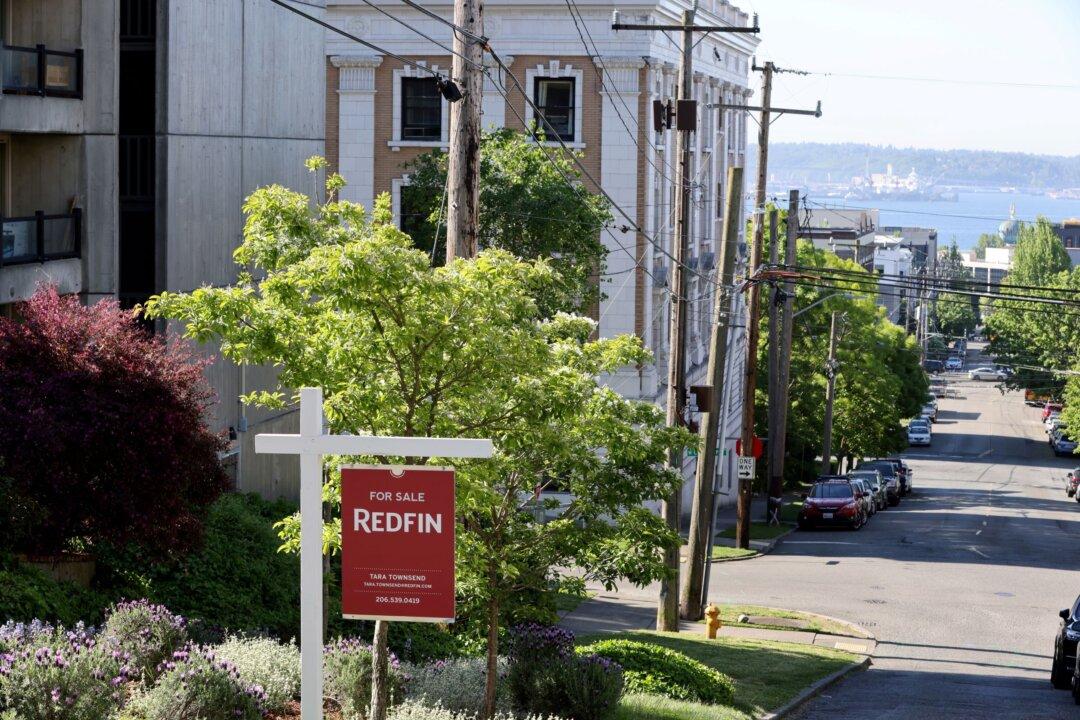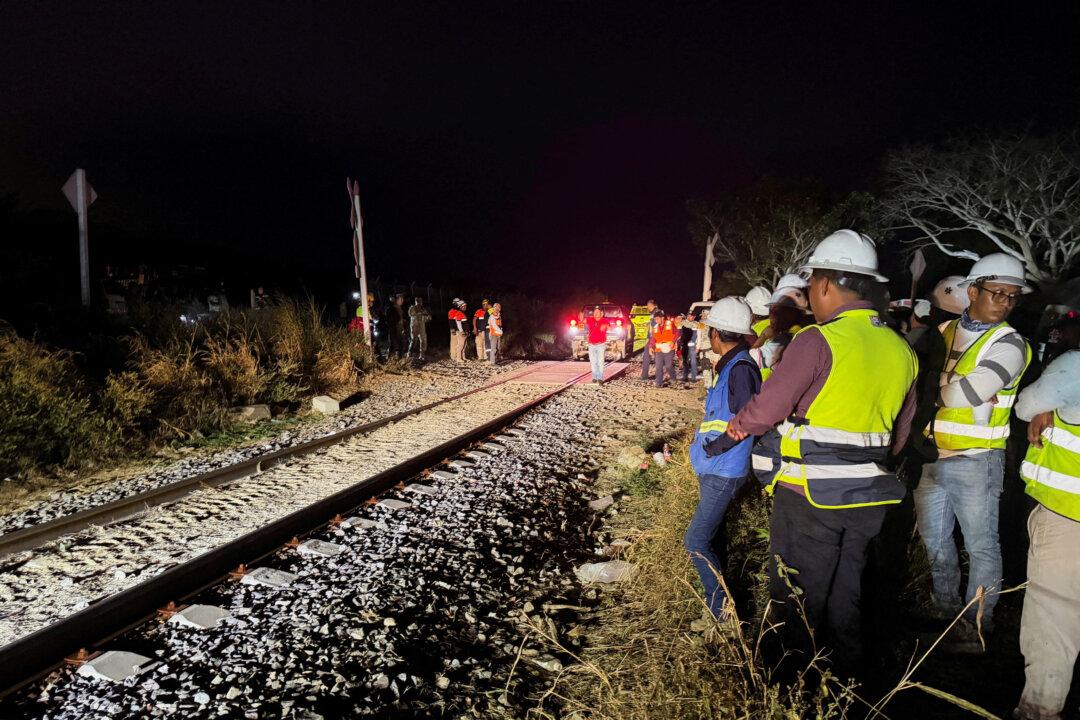WASHINGTON—Sales of new U.S. single-family homes increased in July after three straight monthly declines, but housing market momentum is slowing as surging housing prices amid tight supply sideline potential buyers from the market.
The report from the Commerce Department on Tuesday showed builders were increasingly pre-selling homes, with about 75 percent of the houses sold last month yet to be started or under construction. The report followed in the wake of news this month that single-family building permits fell in July, while confidence among homebuilders tumbled to a 13-month low in August.





